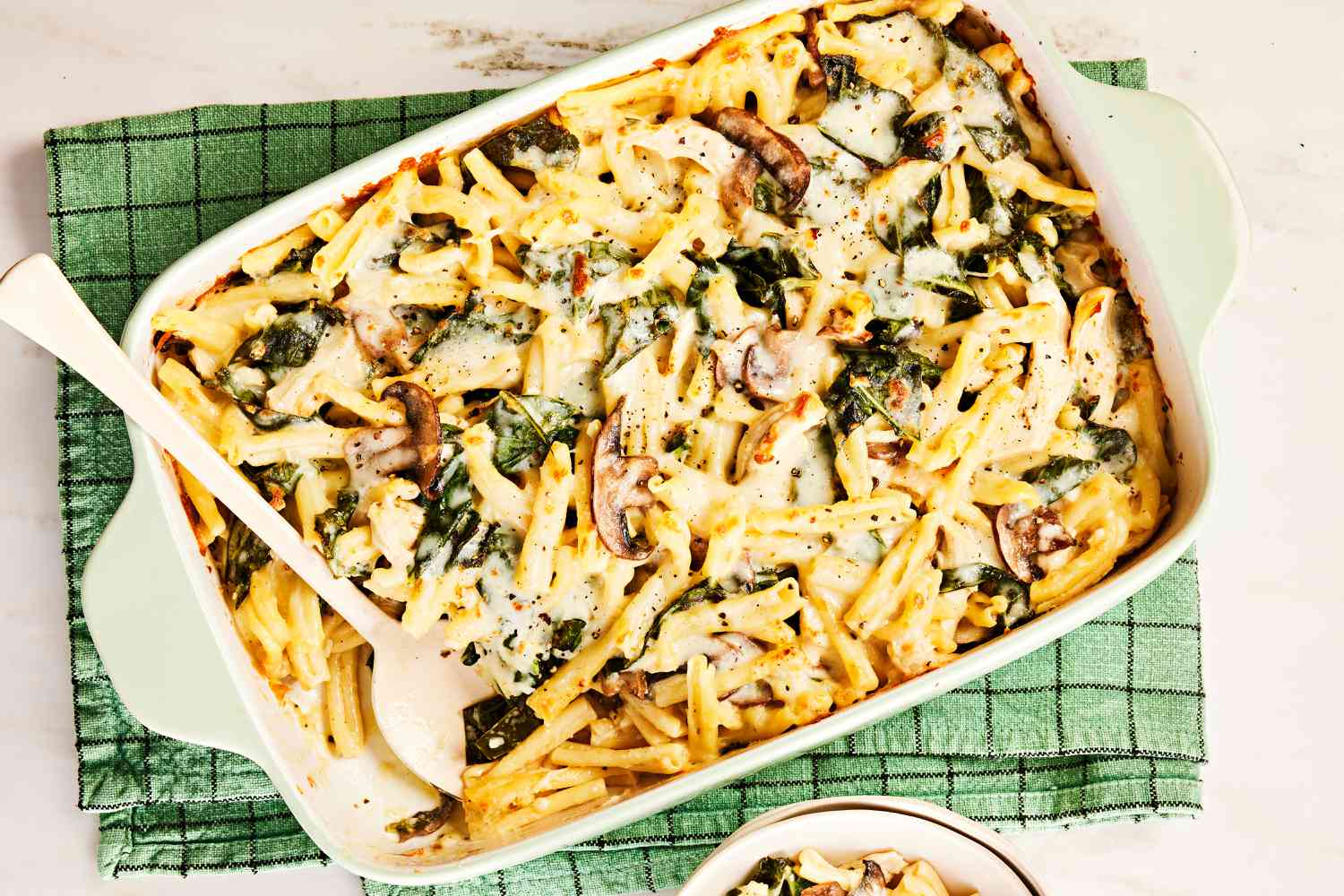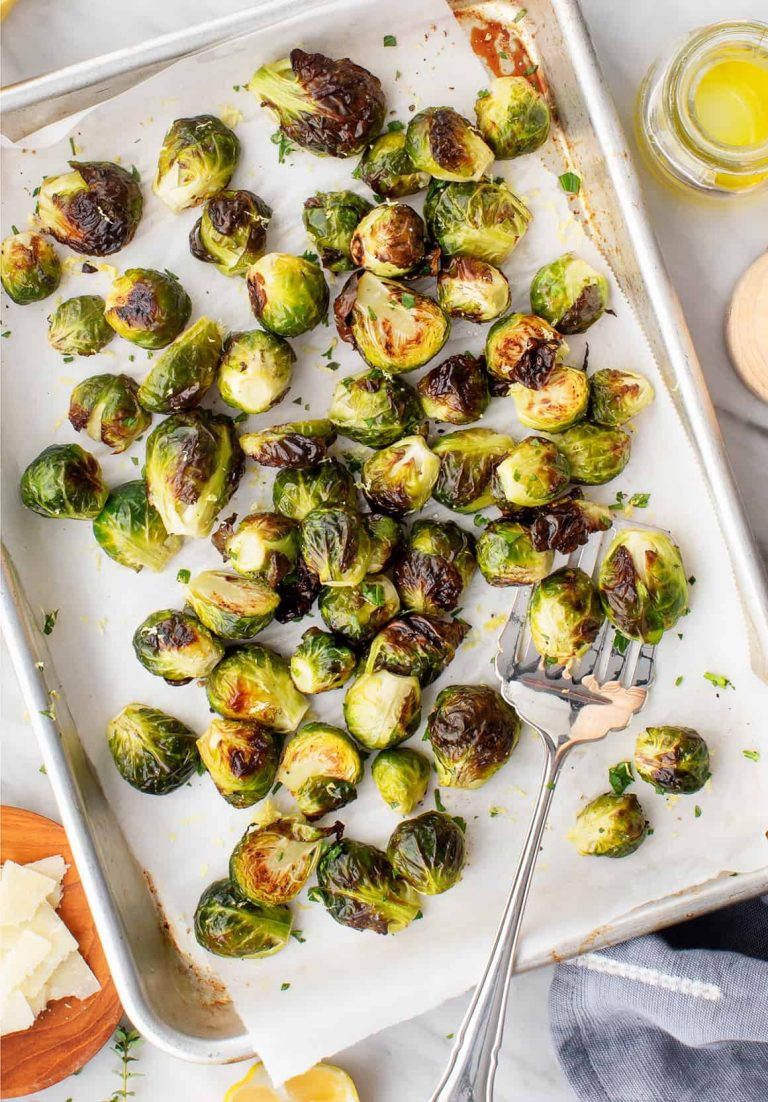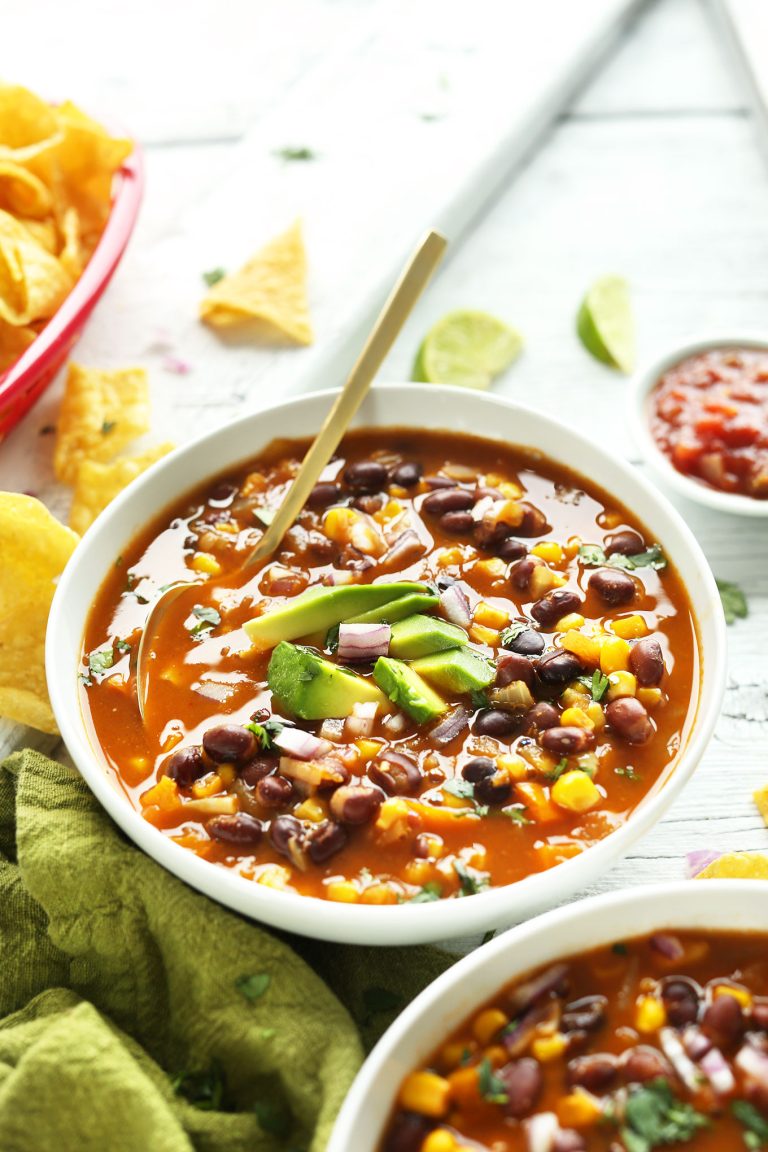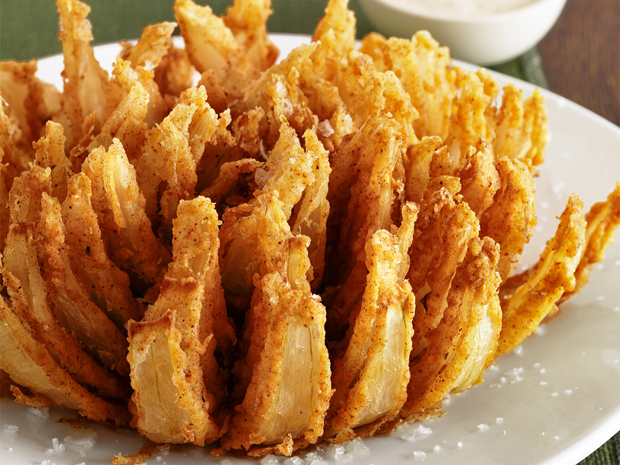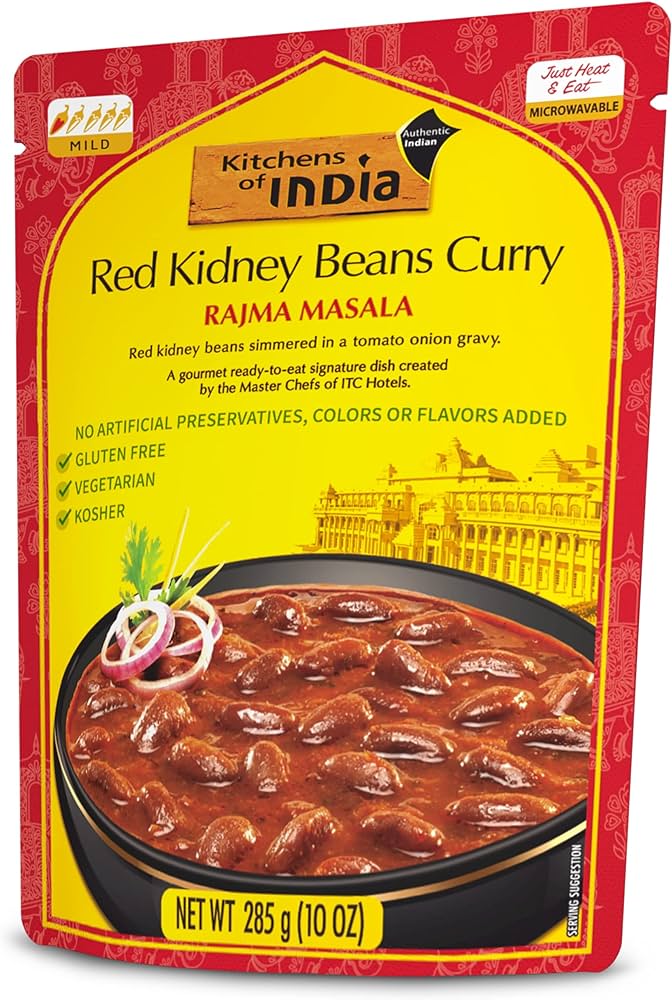Turkey Casserole: History, Variations, and Modern Recipes
Turkey casserole’s roots can be traced back to the early 20th century in the United States. Following Thanksgiving, inventive home cooks sought ways to repurpose turkey leftovers, leading to the creation of varying casserole recipes. Casseroles gained popularity during this period due to their ease of preparation and ability to feed large families with minimal effort. The term “casserole,” derived from the French word for “saucepan,” refers to the dish used both for cooking and serving. This historical background highlights turkey casserole’s evolution as a staple in American homes, particularly after significant holidays.
Evolution and Variants
Over the decades, turkey casserole recipes have diversified significantly. Modern variations incorporate ingredients like pasta, rice, and quinoa to add complexity. Classic versions often mix turkey with green beans, carrots, and peas, topped with breadcrumbs or cheese. Regional influences have further expanded these recipes. For instance, Southwestern-style turkey casseroles may include black beans, corn, and chilies. Health-conscious iterations use low-fat dairy and whole grains. Each variation provides a unique twist while maintaining the comforting nature of this beloved dish.
Key Ingredients for Traditional Turkey Casserole
The Role of Turkey
Turkey forms the core ingredient in your traditional turkey casserole. Opt for leftover turkey from your Thanksgiving feast or fresh, cooked turkey. White meat, like breast, offers lean protein without adding excess fat, and dark meat, like thighs or legs, contributes richer flavor. Aim for bite-sized turkey pieces to ensure even distribution throughout the casserole.
Essential Spices and Herbs
Spices and herbs elevate your turkey casserole by infusing depth and warmth. Key spices like salt and black pepper provide basic seasoning. Paprika offers color and a hint of smokiness. Herbs such as thyme and rosemary contribute earthy, aromatic notes. Use fresh or dried herbs based on availability, but fresh herbs can enhance flavors more robustly. Parsley, used as a garnish, adds a touch of freshness and color to your dish.
Steps to Make the Perfect Turkey Casserole
Preparing the Turkey
Begin with cooked turkey, preferably leftovers, for a quicker process. Shred the turkey using forks, aiming for bite-sized pieces. Ensure the turkey is free from bones and skin for a smoother texture. If starting with raw turkey, cook it thoroughly using your preferred method (baking, roasting, or boiling) until the internal temperature reaches 165°F (74°C).
Combining Ingredients
Assemble key components before combining. Gather your shredded turkey, cooked vegetables such as peas and carrots, and a starch base like cooked pasta, rice, or quinoa. In a large mixing bowl, combine these ingredients with a creamy sauce. Use cream of mushroom, chicken soup, or a homemade white sauce for a rich texture. Add spices and herbs like salt, black pepper, paprika, thyme, rosemary, and parsley to enhance flavor and aroma.
Once mixed, transfer the blend to a greased baking dish. Top the casserole with a crunchy layer like breadcrumbs or shredded cheese. Bake in a preheated oven at 350°F (175°C) for 25-30 minutes until the topping is golden and the casserole is heated through.
Health Benefits of Turkey Casserole
Nutritional Value of Turkey
Turkey serves as a lean protein source. With about 29 grams of protein per 100 grams of cooked meat, it helps maintain muscle mass. Additionally, turkey breast is low in fat, containing around 1 gram of fat per ounce. It’s rich in essential vitamins and minerals, including B6, B12, and niacin, which support brain health and energy metabolism. Selenium in turkey boosts your immune system, and phosphorus supports bone health. Incorporating turkey into a casserole ensures these nutrients are part of your meal.
Dietary Considerations
Turkey casserole offers a versatile dish suitable for various dietary needs. It’s easily adaptable for low-carb diets by replacing traditional pasta or rice with cauliflower rice or quinoa. Opt for low-fat dairy and whole grain ingredients to reduce saturated fats and increase fiber content. For gluten-free diets, use gluten-free breadcrumbs or omit them entirely. Vegetarians can substitute turkey with plant-based proteins like tofu or legumes, ensuring dietary inclusivity without compromising nutritional value.
Popular Variations of Turkey Casserole
Regional Twists
Regional twists on turkey casserole demonstrate the versatile nature of this dish. In the Southwestern US, you find casseroles featuring green chilies, black beans, and corn tortillas, infusing vibrant flavors. In the Midwest, casseroles often include cream-based soups and vegetables like green beans and carrots, providing a heartier, comforting meal. New England variants might feature cranberries and stuffing, evoking the traditional Thanksgiving menu. Each region’s variation showcases local flavors and ingredients, creating unique turkey casserole experiences.
Contemporary Innovations
Contemporary innovations in turkey casserole recipes reflect modern dietary trends and preferences. Health-conscious individuals may prefer casseroles with quinoa, kale, or low-fat cheese, retaining flavor while reducing calories. Gluten-free options replace pasta with alternatives like rice or gluten-free noodles. Vegetarian variations substitute turkey with plant-based proteins like tofu, ensuring a broader appeal. Additionally, using air fryers or instant pots can streamline the cooking process, making turkey casseroles more convenient for busy lifestyles.
Conclusion
Exploring turkey casserole opens up a world of culinary possibilities. Whether you’re sticking to traditional recipes or experimenting with modern twists, there’s a version to suit every palate and dietary need. Embrace the versatility of turkey casserole to create hearty, nutritious meals that bring comfort and satisfaction to your table. Dive into regional variations or try contemporary innovations to keep your cooking exciting and delicious. With so many options at your fingertips, turkey casserole is sure to become a staple in your recipe repertoire.
